Important role of enclosure
The enclosure of the motor must protect the windings, bearings, and other mechanical parts from moisture, chemicals, mechanical damage and abrasion from grit. NEMA standards MG1-1.25 through 1.27 define more than 20 types of enclosures under the categories of open machines, totally enclosed machines, and machines with encapsulated or sealed windings.
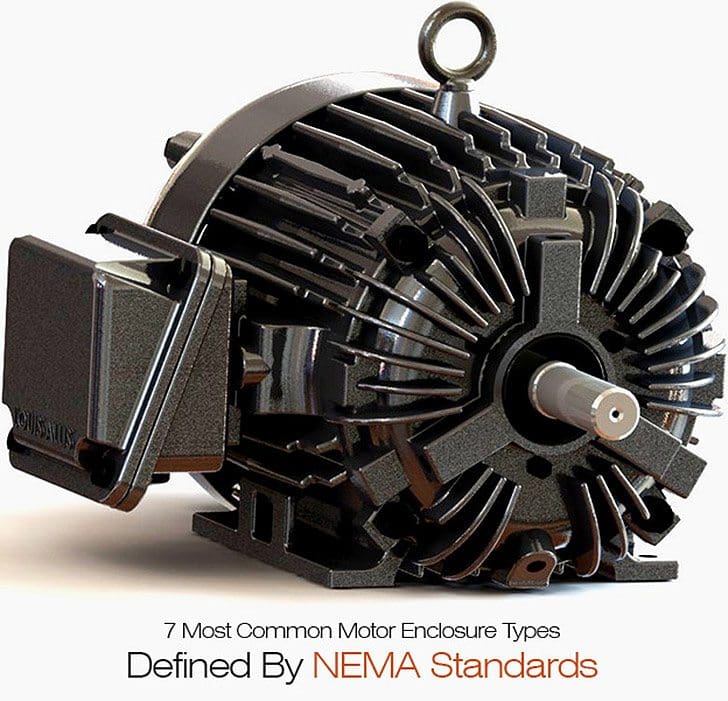
The 7 most common types of enclosures are:
1. Open Drip Proof (ODP)
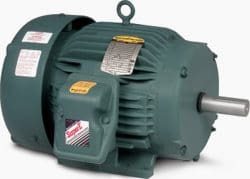
Allows air to circulate through the windings for cooling, but prevent drops of liquid from falling into motor within a 15 degree angle from vertical. Typically used for indoor applications in relatively clean, dry locations.
2. Totally Enclosed Fan Cooled (TEFC)

Prevents the free exchange of air between the inside and outside of the frame, but does not make the frame completely air tight. A fan is attached to the shaft and pushes air over the frame during its operation to help in the cooling process.
The TEFC style enclosure is the most versatile of all. It is used on pumps, fans, compressors, general industrial belt drive and direct connected equipment.
Total Enclosed Fan Cooled vs Open Drip Proof (TEFC vs ODP)
3. Totally Enclosed Non-Ventilated (TENV)

Similar to a TEFC, but has no cooling fan and relies on convention for cooling. No vent openings, tightly enclosed to prevent the free exchange of air, but not airtight.
4. Totally Enclosed Air Over (TEAO)
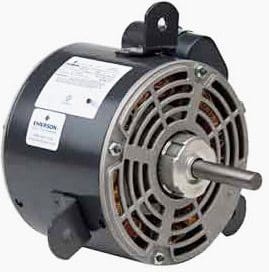
Dust-tight fan and blower duty motors designed for shaft mounted fans or belt driven fans. The motor must be mounted within the airflow of the fan.
5. Totally Enclosed Wash down (TEWD)
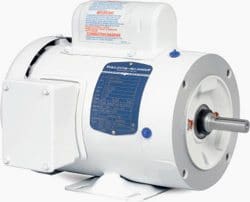
Designed to withstand high pressure wash-downs or other high humidity or wet environments. Available on TEAO, TEFC and ENV enclosures totally enclosed, hostile and severe environment motors:
6. Explosion-proof enclosures (EXPL)
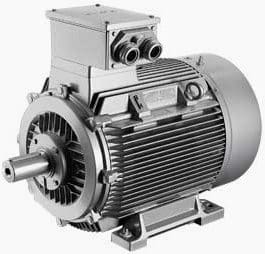
The explosion proof motor is a totally enclosed machine and is designed to withstand an explosion of specified gas or vapor inside the motor casing and prevent the ignition outside the motor by sparks, flashing or explosion.
Explosion proof motors are designed, manufactured and tested under the rigid requirements of the Underwriters Laboratories.
7. Hazardous Location (HAZ)
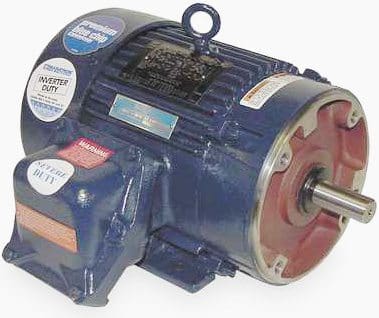
Hazardous location motor applications are classified by the type of hazardous environment present, the characteristics of the specific material creating the hazard, the probability of exposure to the environment, and the maximum temperature level that is considered safe for the substance creating the hazard.
The following hazardous locations are defined:
1) CLASS I
- Group A: Acetylene
- Group B: Butadiene, ethylene oxide, hydrogen, propylene oxide, manufactured gases containing more than 30ydrogen by volume.
- Group C: Acetaldehyde, cyclopropane, diethyl ether, ethylene.
- Group D: Acetone, acrylonitrile, ammonia, benzene, butane, ethanol, ethylene dichloride, gasoline, hexane, isoprene, methane (natural gas), methanol, naphtha, propane, propylene, styrene, toluene, vinyl acetate, vinyl chloride, xylene.
2) CLASS II
- Group E: Aluminum, magnesium, and other metal dusts withsimilar characteristics.
- Group F: Carbon black, coke or coaldust.
- Group G: Flour, starch orgrain dust.
3) CLASS III
- Easily ignitable fibers,such asrayon, cotton, sisal, hemp, cocoa fiber, oakum, excelsior and other materials of similar nature.
For example, a NEMA “OpenDrip Proof (ODP)” motor corresponds to an IP22 and a NEMA “Totally Enclosed” motor corresponds to an IP54, a NEMA “WeatherProof” motor to an IP45, and a NEMA “Wash-Down” motor toan IP55.
Reference: Understanding Motor Nameplate Information: NEMA vs. IEC Standards – Continuing Education and Development, Inc.







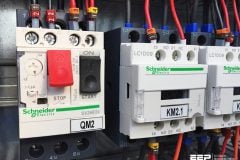
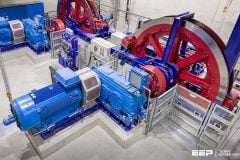
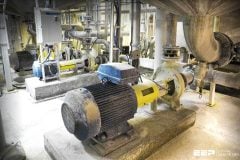

Dear Sir could I have your EMAIL ADDRESS?
THANKS
I feel it varies with the Manufacturer. Some will clearly define it as an XPFC = Explosion Proof Fan Cooled, while others may include just the Class and Division and leave the Enclosure type TEFC. As for the modifications, it will specifically depend on the Hazard Classification of the area it is intended to be used. It is critical to safety that a proper study of the area be completed by qualified personnel, and not some average know it all (like me).
Is it unusual for an Explosion Proof motor to also carry a TEFC rating? What mods are required for such motors to be considered TEFC/Explosion Proof?
which motor will suitable for 250 deg temperature, This is regarding tunnel ventilation system
I am new to building maintenance and have a question about a vertical mounted WEG motor on a circ pump used for a chiller application. It calls for occasional lubrication, however the manual is not specific on how to do this. There are no
drip caps anywhere or a site glass.
Does anyone out there have an answer for this?
TEFC and TEFV motors are same ?
I think the image for ODP is showing a TEFC and the TEAO is showing in ODP motor. Something mixed up there. Thanks!
Dan
Dan,
I agree with you because the name and definition for TEAO states that enclosure is similar to TEFC but does not have its own cooling fan. But the photo for TEAO clearly exposes the stator coils.
TEFC (Totally Enclosed Fan Cooled):
This enclosure type has an external fan which blows air across the motor frame’s external cooling fins. The air inside the motor recirculates and is cooled by heat transfer through the frame.
TEAO (Totally Enclosed Air Over):
This enclosure is similar to TEFC but does not have its own cooling fan, rather it sits in an airstream such as in a ventilating duct. Most often, this motor is powering a direct-coupled fan and is mounted right in the air duct that it is blowing air through.
After looking at the images, I was curious if anyone else noticed that the pictured motors did not align with the type and description. As pointed out the image under TEAO motor has visible stator windings. The ODP is definitely a TEFC. My experience has been that TEAO motors typically have a fan that is not driven off the shaft of the motor to drive the equipment. My experience is also limited to above NEMA products.
great work keep it up
Hi Edvard, do you know if there are any public domain calculations that can be used in a spreadsheet to calculate core loss?
Is there also force cooled or force ventilated TEFV
where there is a dedicated blower to cool the motor
Please check the picture of the motor provided as an example for ODP motor – is it ok ?
I am working on ventilation system of a battery room compartment as research project. what is the type of electric motor do i need for the ventilation fan.
i want to be a member for your news letter, updates, solutions on problems,
Dear Sir,
Can you please provide the material or compete guide of Testing Commissioning, and Installation operational Maintenance of electrical equipment in Industrial and substation plants
Please send me newsletter regularly
Loooking forward to sharing electrical engineering
I want to be member in your site, What is the procedure of membership?
Dear Edvard,
I am unable to download your highly informative articles relevant to induction motors. Can you be of any help.
Regards,
Ashok Parikh
Hi Ashok,
I’m working on it, I know that there is a problem. printfriendly.com has changed something, and now print in PDF don’t work.
It will be fixed soon!